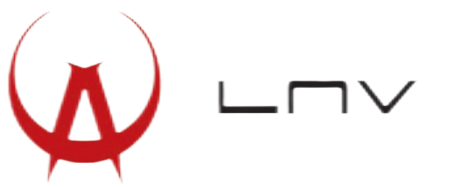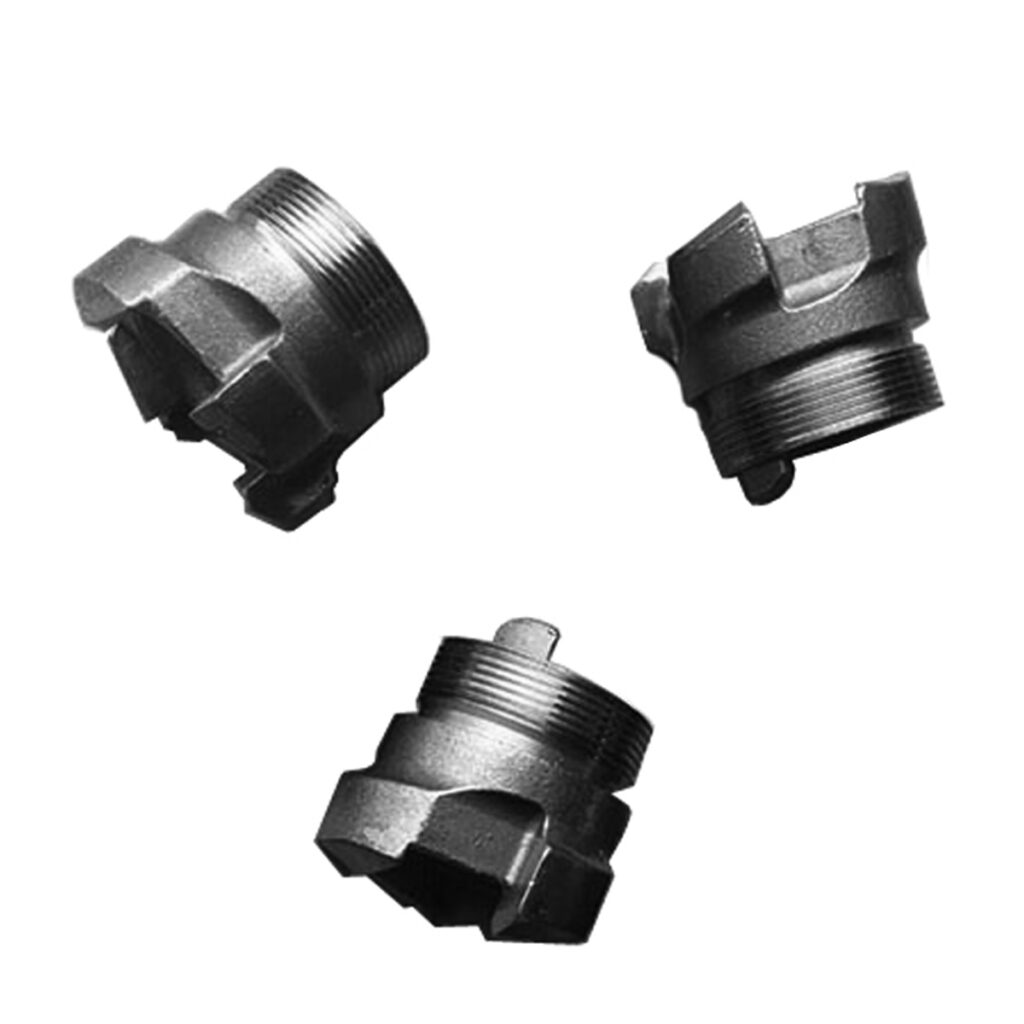Introduction
Even the best castings require precision machining to meet tight tolerances. With ±0.01mm accuracy demands in aerospace, medical, and automotive industries, CNC machining centers have become indispensable for post-casting corrections.
As a NADCAP-accredited manufacturer serving Siemens, GE, and Bosch, we’ve developed 18 proven CNC strategies that:
✔ Salvage out-of-tolerance castings (saving 15-30% scrap costs)
✔ Achieve mirror finishes (Ra <0.4μm) without manual polishing
✔ Reduce machining time by 40% through adaptive toolpath optimization
1. Datum Establishment Techniques
1.1 Casting Datum Recovery
Problem: Irregular as-cast surfaces prevent proper fixturing.
Solution:
- Probe-assisted datum alignment (Renishaw RMP60)
- 3D scan-to-CAD comparison (Zeiss DuraMax)
Result: ±0.02mm repeatability on warped castings
1.2 Residual Stress Compensation
Method:
- Pre-machine stress relief cuts
- AI-based distortion prediction (AutoForm Additive)
- Final machining with 0.1mm adaptive offset
2. Dimensional Correction Methods
2.1 Core Shift Compensation
Process:
- CT scan analysis (detects internal deviations)
- Dynamic toolpath adjustment in CAM software
Case Study:
Turbine housing bores corrected from ±0.25mm to ±0.03mm
2.2 Wall Thickness Optimization
| Tool Type | Application | Accuracy |
|---|---|---|
| Ball end mill | Thin-wall contouring | ±0.015mm |
| Barrel cutter | Uniform stock removal | ±0.02mm |
3. Surface Enhancement Solutions
3.1 Non-contact Finish Improvement
Method:
- Ultrasonic-assisted machining (30kHz vibration)
- Result: Ra 0.2μm on 316L cast surfaces
3.2 Defect Repair Machining
For: Porosity, inclusions up to 2mm deep
Toolpath Strategy:
- Trochoidal milling around defects
- Laser-clad repair + remachining
4. High-efficiency Tooling Systems
4.1 Custom Tool Geometries
| Tool | Purpose | Benefit |
|---|---|---|
| Undercut end mill | Draft angle correction | Saves EDM costs |
| Thread-forming tap | Cast iron thread repair | 3x tool life |
4.2 Smart Tool Wear Management
- RFID-tagged toolholders track usage
- Auto-compensation for wear >0.005mm
5. Industry-specific Applications
5.1 Automotive (Die Cast Aluminum)
Challenge: Die lines (0.1-0.3mm high)
Solution:
- 5-axis swarf machining
- Cycle Time: 4.5 minutes/part
5.2 Medical (Cobalt Chrome Implants)
Requirement: <5μm surface variation
Method:
- Micro-milling (⌀0.3mm tools)
- Cryogenic coolant prevents work hardening
Technical Comparison Table
| Method | Tolerance | Surface Finish | Cost Saving |
|---|---|---|---|
| Adaptive machining | ±0.015mm | Ra 0.8μm | 25% |
| Hybrid repair | ±0.025mm | Ra 1.6μm | 40% |
| Ultrasonic finish | ±0.01mm | Ra 0.2μm | 15% |
Implementation Roadmap
- Scan & Analyze (CT/CMM)
- CAM Programming (with distortion offsets)
- Dry Run Simulation
- Machining + In-process Verification



One Response
Why Choose Our CNC Correction Services?
✔ 85+ CNC Machines (Mazak, DMG Mori, Hermle)
✔ In-house Metrology Lab (CMM, CT, white light scanners)
✔ Zero-scrap Guarantee for qualified castings
Free Sample Machining: Submit your worst casting – we’ll demonstrate salvage potential.